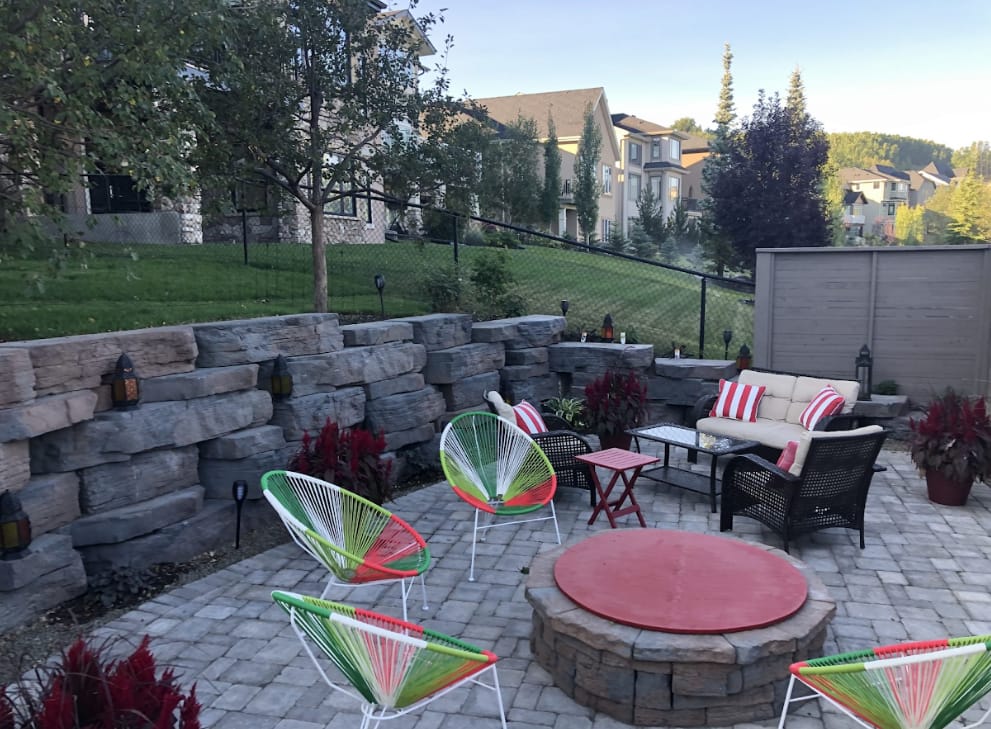Table of Contents
-
- Introduction
-
- What is a Retaining Wall?
-
- Choosing the Best Retaining Wall Material
-
- Segmental Retaining Wall Blocks
-
- Natural Stone
-
- Concrete
-
- Brick
-
- FAQ About Retaining Walls
-
- Conclusion
Introduction
In the world of landscaping, retaining walls are both a necessity and an opportunity. They provide crucial support for soil and landscaping, but they also offer a chance to enhance aesthetic appeal. With various materials available, choosing the right one can be a daunting task. We’re here to help guide you through the process.
What is a Retaining Wall?
Definition and Function:
A retaining wall is a robust structure designed to hold back soil and prevent erosion. It’s particularly crucial in landscapes with slopes or hills, where it helps stabilize land and prevent soil from sliding or collapsing.Applications: These walls are not just functional; they also offer aesthetic benefits. They can be used to create terraced gardens, enhance landscaping features, and even increase usable space on sloped land.
Choosing the Best Retaining Wall Material
When it comes to selecting the right material for your retaining wall, consider these key factors:
Durability: The material must be strong enough to withstand the weight of the soil and resist local weather conditions, including Calgary’s harsh winters.
Aesthetic Appeal: Choose a material that complements the style of your home and garden. The right choice can significantly enhance your property’s appearance.
Cost: Budget plays a crucial role. Weigh the initial investment against long-term maintenance costs to make a cost-effective decision.
Segmental Retaining Wall Blocks
Overview: Segmental blocks are precast concrete units that lock together without the use of mortar.
Advantages: Versatility in design and color. Relatively easy installation. Good durability, particularly in freeze-thaw cycles common in Calgary.
Installation Considerations: Proper installation is key to prevent shifting or collapsing, especially in areas with significant ground movement.
Natural Stone
Overview: Natural stone, like granite, limestone, or sandstone, offers an elegant and timeless look.
Benefits: Unique and natural appearance. Exceptional durability and strength.
Challenges: Higher cost due to materials and labor-intensive installation. Requires skilled craftsmanship for a proper build.
Concrete
Overview: Poured concrete is a common choice for its adaptability and strength.
-
- Pros:
-
- Can be molded into various shapes and designs.
-
- High strength and longevity.
-
- Pros:
-
- Cons:
-
- Risk of cracking if not properly reinforced.
-
- Requires precise installation to ensure structural integrity.
-
- Cons:
